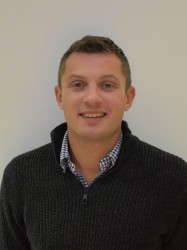BibTex format
@article{Alnaimi:2018:ofid/ofy210.1302,
author = {Alnaimi, S and Rawson, T and Holmes, A},
doi = {ofid/ofy210.1302},
journal = {Open forum infectious diseases},
pages = {S455--S456},
title = {1472. Antibiotic de-escalation compared with continued empirical treatment in non-ventilated hospital-acquired pneumonia.},
url = {http://dx.doi.org/10.1093/ofid/ofy210.1302},
volume = {5},
year = {2018}
}

